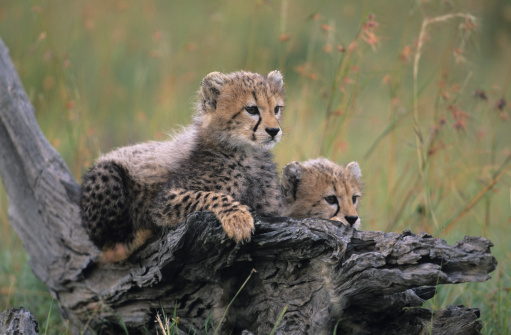Long gone are the days when people willingly sat in front of the television through a series of commercials. In fact, in recent years consumers have become so adept at ignoring every kind of advertising – from TV to magazine to online banner ads – that a new term has actually been coined for the phenomenon: Ad blindness.
Content Marketing to the Rescue!
What is content marketing exactly? It’s the strategy of creating and publishing relevant, interesting content on a regular basis to hook and maintain an engaged audience, with the intention of making them long-term, paying customers.
Where the advertising of the past was a form of rented media, in content marketing the company owns their own platform and content. The content itself is an ever-evolving and growing asset, not a sales pitch.
As we continue to deliver this asset of information or entertainment to our potential customers, we expect them to reward us with their business and loyalty. When we get it right, the process works very well. So well, in fact that buyers are not consciously aware that they are rewarding us. It becomes automatic.
When we deliver excellent content marketing, our potential buyers pause … take notice … think about what they’re seeing and reading … and then take consumer actions.
A New Invention?
Content marketing is a 21st-century phrase, and most people believe it is also a 21st-century invention, born of the need to stand out amongst a swarm of increased publishing and media, such as cable TV and the Internet.
The truth is, though, that the phrase for this type of marketing is a lot newer than the strategy itself.
Remember zoologist Marlin Perkins risking his thin, tanned neck for the sake of our entertainment? Depending on your age, maybe you don’t, but Perkins was host of the very popular and successful TV series, Mutual of Omaha’s Wild Kingdom, which first aired more than 50 years ago.
Mutual of Omaha is an insurance company and Wild Kingdom was an adventure animal show – a pioneer project in content marketing.

Animal Kingdom was a huge success, then and now.
Hatching the Strategy
In 1962, Perkins and Mutual of Omaha’s chairman and CEO, V. J. Skutt, got together and came up with the idea for Wild Kingdom. Mutual of Omaha had been an advertiser during a previous show Perkins hosted, and the content marketing strategy followed.
Ingeniously, and as great content marketers do today, Perkins would introduce the insurance commercials by tying them into the content of the show. For example, after the audience got treated to some up close and personal observation of wild lions, Perkins would say “The mother lion must use teeth and claws to protect her cubs. You can protect your children from the safety of your home, with a Mutual of Omaha insurance policy.”
Theyyyyy’re Back
In 2002, Wild Kingdom 2.0 was launched, once again sponsored by Mutual of Omaha. It was aired as a series of specials on Animal Planet. The specials drew such a large audience that in 2005, the network transitioned to new weekly episodes on Sunday evenings, during the same exact time slot they occupied half a century ago.
Keeping up with the modern beat though, Wild Kingdom launched a webisodes series too, with a new format and fresh stories about the world’s wildest creatures from around the globe.
What these innovators understood back then, long before consumers were being so overwhelmed with non-stop content, was that capturing potential buyer attention and engaging their minds without obligating them to anything upfront, was the best way to engage and disarm them, making them fully receptive to the commercial message at hand.
Sometimes, the more things change, the more they stay the same.